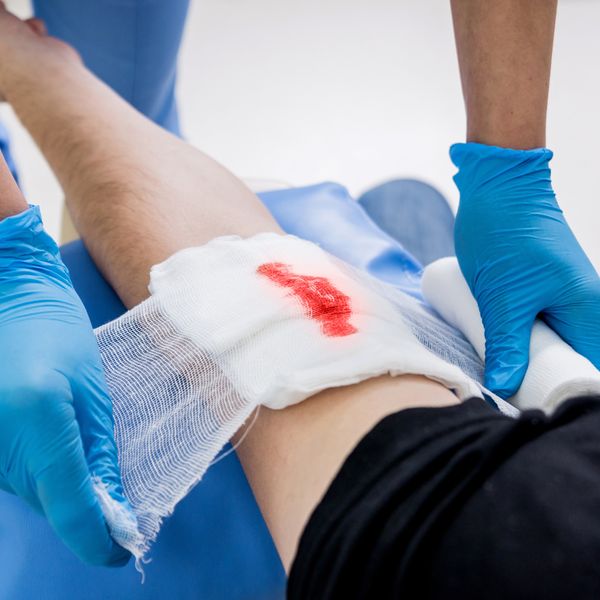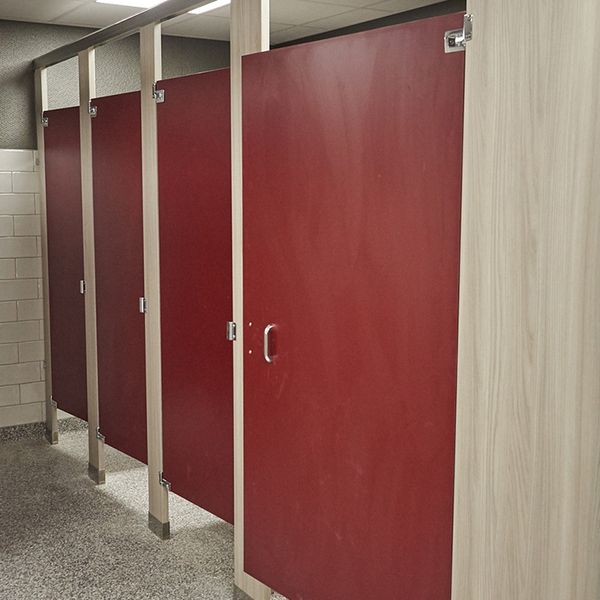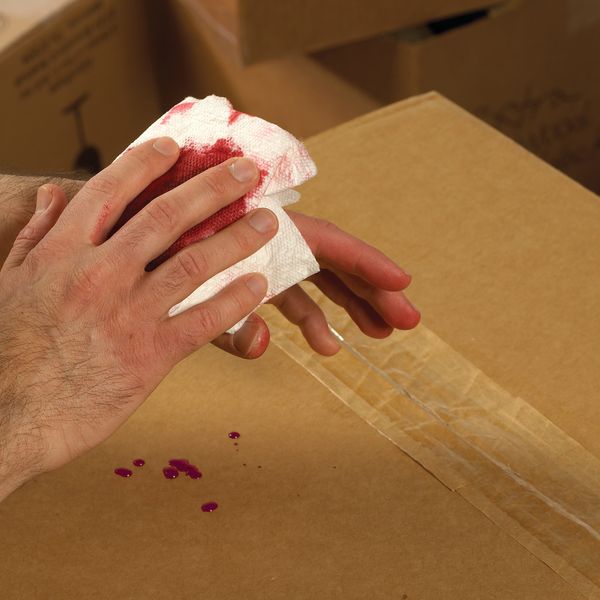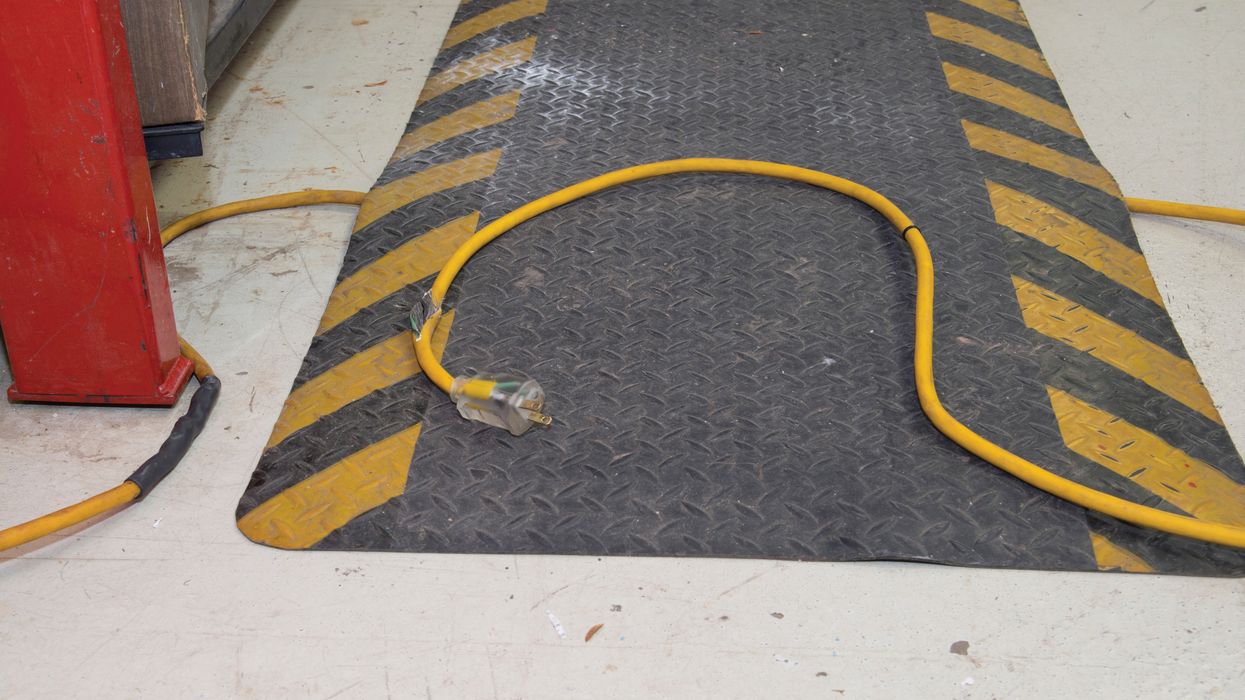Bloody well right! Protecting janitors and custodial staff from bloodborne pathogens
One thing learned from the COVID pandemic is that janitors and custodians play a crucial role in safety and health by maintaining the cleanliness and appearance of our organizations. However, we also learned that their responsibilities often involve tasks that can expose them to dangerous bloodborne pathogens or other potentially infectious materials.
Organizations must recognize the hazards these key workers face and provide them with the proper equipment, training, and understanding to ensure their safety while performing a critical role.
Common scenarios of exposure
The various work tasks that janitors and custodial staff perform daily can expose them to bloodborne pathogens and other potentially infectious material (OPIM). These tasks can include cleaning blood and other bodily fluid spills, handling and disposing of infectious wastes, managing laundry, collecting trash, and performing general cleaning duties.
To minimize the risk of exposure, it’s important to take the right precautions. Here are some examples of situations where exposure can occur:
- Needlesticks or sharp objects: Accidental injuries can occur when custodians come into contact with contaminated needles, syringes, or other sharp objects. Custodians may collect or pick up objects during cleaning, such as broken glass, razor blades, or improperly contained items.
- Contact with infected blood: Transmission can occur through direct contact with infected blood or OPIM. This can happen when cleaning up spills, exposures from injuries or illnesses, handling contaminated materials, or cleaning areas such as bathrooms, locker rooms, and showers.
- Contaminated surfaces: Touching surfaces contaminated with blood or OPIM can also pose a risk. This includes areas such as tabletops, counters, desks, and doorknobs.
- Splashes or aerosol exposures: When blood or fluid splashes into the eyes, nose, or mouth, pathogens can be introduced. Splashes can occur when cleaning bathrooms, locker rooms, shower areas, and in custodial closets.
- Inadequate personal protective equipment (PPE): Not using appropriate PPE, or using it incorrectly, when handling or being exposed to potentially infectious materials increases the risk of exposure.
Precautions and protections
To protect these workers from the hazards of bloodborne pathogens, employers should take the following precautions:
- Prioritize the use of engineering controls: When possible, focus on using engineering controls, such as safer needle devices, to minimize the risk of exposure. These controls are designed to reduce the risk of accidental needlesticks or other sharps injuries.
- Assess the need for PPE: Always wear appropriate PPE, including gloves, gowns, eye protection, and masks or face shields. These items provide a barrier between the worker and potentially infectious materials.
- Provide means for safe handling: Use mechanical means, such as a dustpan and broom, to handle broken glass, needles, or other sharp objects. This reduces the risk of accidental injuries and exposure to bloodborne pathogens.
- Proper disposal processes and protocols: Place contaminated waste in lined containers to prevent contact with the contents. This guarantees the safe containment and disposal of potentially infectious materials during movement or transportation.
- Reinforce hygiene practices: Maintain personal hygiene and wash hands thoroughly and frequently throughout the shift, especially after handling potentially infectious materials. Proper hand washing is a proven method of preventing the spread and transmission of bloodborne pathogens.
- Implement robust training: Instruction should cover types of pathogens, transmission routes, safe work practices, handling and disposal of contaminated materials, and proper use of personal protective equipment (PPE).
Key to remember: By adhering to proper safety protocols, providing training, and ensuring the correct use of personal protective equipment, employers can ensure their janitors and custodial staff can safely keep our organizations in tip-top shape.
































































